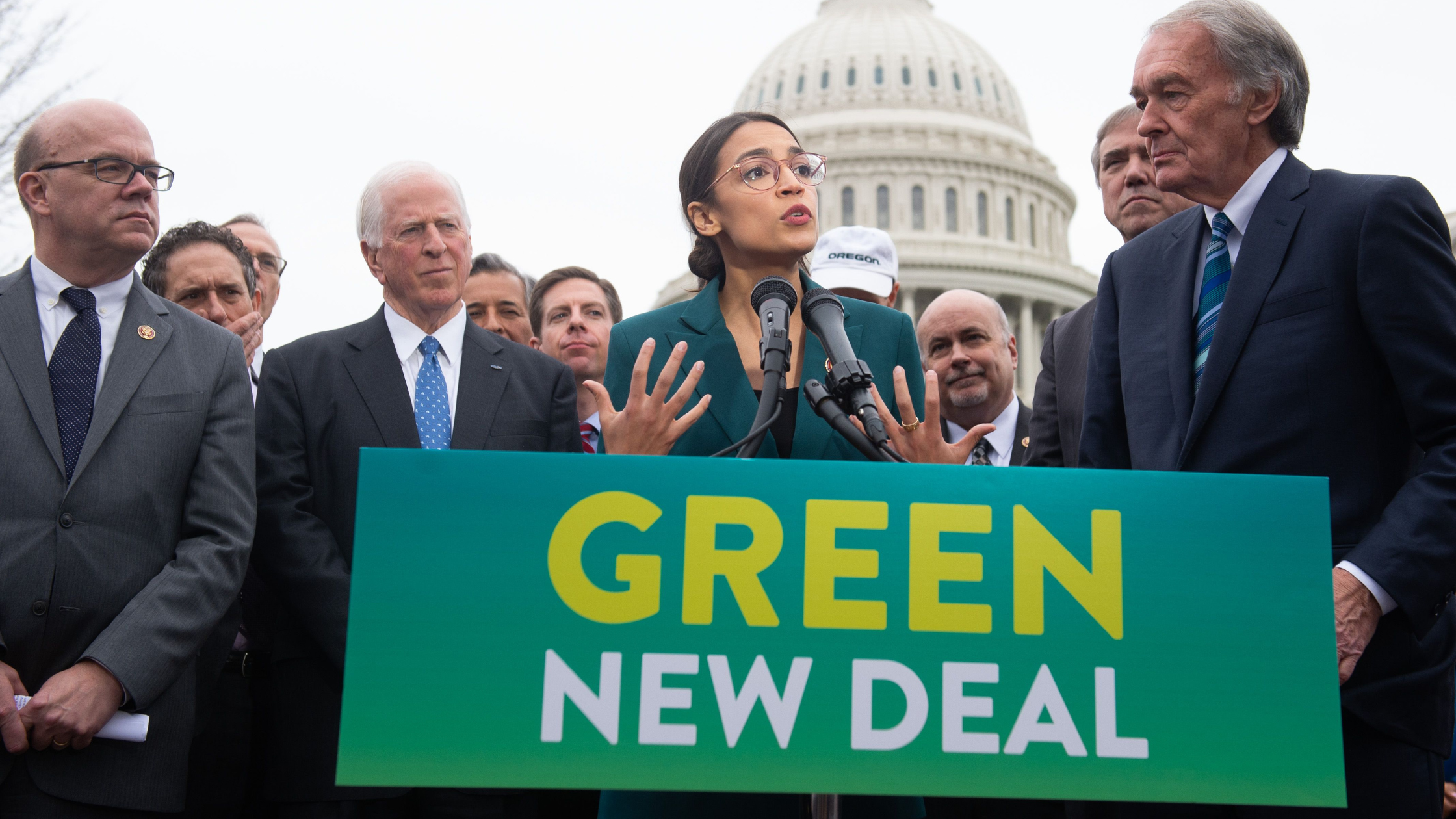
Renewable Energy Policies: Promoting Clean Energy Transition
Global sustainability, and climate change mitigation need a significant transition, and that is the development in the clean energy field. As the world is suffering from the consequences of climate change, such as global warming, rising levels of water bodies, and extremely fluctuating weather events, our planet is in urgent need of a shift to renewable energy sources. Renewable energy sources can fuel this transition and play an important role in promoting a clean energy transition, providing the necessary framework, incentives, and regulations. They drive the implementation and development of clean energy technologies.
In this blog, we will explain the various aspects and importance of renewable energy policies, and explore how they facilitate a sustainable future with renewable energy.
The Urgency of Clean Energy Transition
Climate Change and Environmental Impact
The burning of fossil fuels has contributed to climate change, which has increased greenhouse gas (GHG) emissions. Due to the heat-trapping effect of these emissions, the climate is warming and there are major environmental disturbances. In comparison to pre-industrial levels, the average global temperature has already increased by around 1.2°C, according to the Intergovernmental Panel on Climate Change (IPCC). Catastrophic outcomes, such as extreme weather, biodiversity loss, and socioeconomic upheavals, could result from this pattern if it persists.
Energy Security and Economic Stability
Additionally endangering economic stability and energy security is the use of fossil fuels. The global energy market is uncertain due to the finite nature of fossil fuel resources, volatility in oil prices, and geopolitical tensions. On the other hand, renewable energy sources are widely available and abundant, including solar, wind, hydro, and geothermal energy. Countries can improve their energy security and promote economic resilience by increasing the diversity of their energy sources and decreasing their reliance on imported fuels.
Renewable Energy Policies: An Overview
A wide range of legislative and regulatory actions are included in renewable energy policies with the goal of encouraging the uptake and integration of clean energy technologies. These regulations fall into a number of important categories:
Financial Incentives and Subsidies
In order to ensure the economic viability of renewable energy projects, financial incentives and subsidies are essential. These can be in a number of forms, such as:
- Feed-in Tariffs (FiTs): FiTs give investors long-term revenue certainty by guaranteeing a set price for electricity produced from renewable sources.
- Tax Credits and Rebates: To lower the upfront costs of renewable energy installations for both enterprises and consumers, governments provide tax credits and rebates.
- Grants and Loans: To assist in the development, deployment, and research of renewable energy technology, grants and low-interest loans are offered.
- Renewable Energy Certificates (RECs): These can be exchanged to satisfy regulatory requirements and represent the environmental advantages of producing one megawatt-hour (MWh) of renewable energy.
Regulatory Frameworks and Mandates
The adoption of renewable energy is subject to legal requirements set forth by regulatory frameworks and mandates. Important instances consist of:
- Renewable Portfolio Standards (RPS): RPS requires utilities to procure a specific portion of the electricity they sell from renewable sources. This stimulates the market for renewable energy and encourages the development of clean technology.
- Net Metering: Under net metering laws, customers who install renewable energy systems can sell any extra electricity they generate back to the grid, which reduces their energy costs.
- Grid Access and Interconnection Standards: By guaranteeing that renewable energy systems can safely and effectively connect to the grid, these rules make it easier to integrate distributed power.
Research and Development (R&D) Support
Enhancing the efficiency and cost-effectiveness of renewable energy systems requires significant investment in research and development (R&D). To hasten technical advancements, governments, and international organizations provide funding for demonstration projects, innovation hubs, and research programs.
Education and Public Awareness
Campaigns for public awareness and education are essential for gaining support for laws pertaining to renewable energy and promoting behavioral changes. The aforementioned programs are designed to educate the public on the advantages of renewable energy sources, energy-saving techniques, and the significance of shifting towards a sustainable energy future.
Case Studies: Successful Renewable Energy Policies
Germany: The Energiewende
The “energy transition,” or Energiewende, in Germany, is a progressive illustration of comprehensive renewable energy legislation. The Energiewende, which was started in the early 2000s, intends to increase the proportion of renewable energy in the electrical mix, decrease greenhouse gas emissions, and gradually phase out nuclear power.
Key Policies:
- Feed-in Tariffs (FiTs): Germany’s FiTs gave producers of renewable energy favorable rates, which sped up the growth of solar and wind power plants.
- Renewable Energy Act (EEG): The EEG created a legislative framework for grid access priority for renewable energy sources as well as long-term contracts.
- Nuclear Power Phase-Out: Germany pledged to close its nuclear power facilities by 2022 in the wake of the Fukushima accident, which accelerated the country’s transition to renewable energy sources.
Outcomes:
Germany now possesses a substantial amount of renewable energy capacity; in recent years, renewables have made up more than 40% of the country’s electricity mix. Along with boosting employment and economic expansion, the Energiewende has established Germany as a pioneer in renewable energy technology.
Denmark: Wind Power Revolution
Denmark is well known for having successfully incorporated wind energy into its electrical grid. The nation’s dedication to wind energy stems from the oil crisis of the 1970s, which brought attention to energy diversification and sustainability on a national scale.
Key Policies:
- Government Support and Subsidies: The Danish government offered financial assistance for the development of wind energy technologies as well as subsidies for the installation of wind turbines.
- Community Ownership Models: Denmark encouraged local people to invest in and profit from renewable energy projects by promoting community ownership of wind farms.
- Long-term Planning and Targets: Denmark established aggressive long-term goals for the use of renewable energy, one of which is to have all electricity come from renewable sources by 2030.
Outcomes:
Denmark leads the world in wind energy, with about half of its electricity is generating from wind. The nation has also established a strong wind energy sector, exporting knowledge and technology throughout the globe.
United States: State-level Initiatives
Renewable energy policies vary in a wide range in the United States. Some states have significantly implemented innovative policies to promote clean energy transition.
Key Examples:
- California: By 2030, utilities in California must obtain 60% of their electricity from renewable sources, according to the state’s Renewable Portfolio Standard (RPS). Through initiatives like the California Solar Initiative, the state also provides incentives for solar energy installations.
- New York: The state’s Reforming the Energy Vision (REV) program seeks to raise the proportion of renewable energy sources while modernizing the energy system. Projects using solar, wind, and energy storage are eligible for state subsidies.
- Texas: As a result of laws that encourage the establishment of wind farms and investments in transmission infrastructure, Texas has the highest capacity for wind energy in the country.
Outcomes:
In the United States, state-level programs have significantly increased the capacity for renewable energy, resulting in job creation, lower emissions, and improved energy security. Strong renewable energy regulations provide an example for other states, showing them the advantages of switching to clean energy for both the environment and the economy.
Challenges and Opportunities in Renewable Energy Policy
Challenges
- Grid Integration and Stability: Managing intermittency and preserving grid stability are two of the technical issues that come with integrating large amounts of renewable energy into the system. Energy storage, smart grid technology, and grid infrastructure investments are critical.
- Policy Longevity and Consistency: Investor confidence can be damaged by policy uncertainty and frequent changes, which also slows the deployment of renewable energy. Stable, long-term policies are essential for continued prosperity.
- Economic and Social Equity: One of the biggest challenges in the transition to renewable energy is ensuring that the benefits are distributed fairly. Access to energy, cost, and job displacement in the fossil fuel industry are challenges that policymakers need to solve.
Opportunities
- Technological Innovation: There are prospects for quicker clean energy adoption due to advancements in renewable energy technology, such as larger and more efficient wind turbines, more efficient solar panels, and affordable energy storage systems.
- Green Jobs and Economic Growth: A major driver of both job creation and economic expansion is the renewable energy sector. These advantages can be increased by policies that encourage local production and worker development.
- International Cooperation: Sharing best practices and accelerating progress on research, development, and deployment of renewable energy can be achieved through international cooperation. Global accords, like the Paris Agreement, offer a structure for group efforts.
Conclusion
Policies about renewable energy are essential for facilitating the shift to clean, sustainable energy. These policies set the stage for the broad adoption of renewable energy technology by establishing regulatory frameworks, funding research and development, offering financial incentives, and increasing public awareness. Experiences from nations such as Germany, Denmark, and several U.S. states show how successful well-crafted policies can be in promoting the rise of renewable energy and realizing both economic and environmental benefits.
It is impossible to exaggerate the significance of having a strong renewable energy policy in light of the global issues that energy security and climate change continue to pose. Governments, companies, and individuals can collaborate to create a resilient and sustainable energy future for future generations by taking note of the lessons learned from successful case studies and tackling the opportunities and challenges that lie ahead.




